Corn & Soybeans Vs the Parity Years (1942-1952)
by Brad Wilson on Oct 10, 2014 | Views: 373 | Score: 2
| Reductions (bil. $) | Subsidies (bil. $) | Net Result (bil. $) | |
|---|---|---|---|
| Corn | -1358.9515778 | 210.10996939 | -1148.8416084 |
| Soybeans | -727.40715961 | 28.087614018 | -699.31954559 |
Amount (1953-2010, adj. for inflat.)

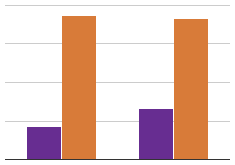
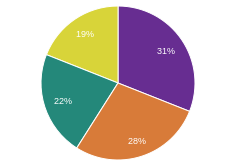
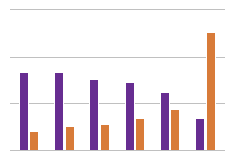
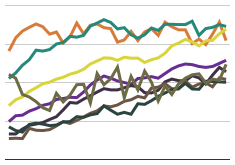
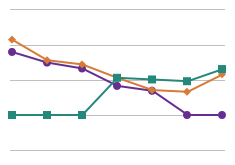
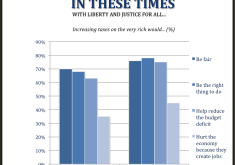
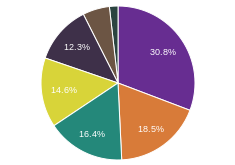
Corn and soybeans are said to be "elite," "privileged" crops in the farm bill and farm programs. There's even a movie about this called "King Corn." Really they're paupers. The bad things with huge global implications come from hurting these and other farmers, not helping them. This myth blocks real opposition to agribusiness exploiters.
Other than keeping the status quo and appeasing the moneyed interests is there any reason to continue farm subsidies?
The status quo is a massive net reduction against farmers, (green). Without subsidies it would be even worse (purple). What's needed is to restore minimum price floors to living wage levels, like we had 1942-1942, with no need for subsidies. It's the same as with food stamps. They don't cause cheap wages at Walmart, just as farm subsidies have no real impact on cheap farm prices from Cargill. Raise the minimum wage to a living wage and then you need a lot less of food subsidies. The logic is the same in each case.
Very helpful. Thanks. I just read a handful of articles on price floors from the left and right. The one that makes the most sense (to me anyway) and provided the history was this one: www.nffc.net/Issues/Domestic%…
The best academic source on why we need market management programs (price floors & ceilings and supply management,) is Daryll E. Ray at APAC, here agpolicy.org/weekcol/325.html and here, agpolicy.org/weekcol/248.html for example.
Cool. Thanks!